Figures & data
Table 1 Patient characteristics
Figure 1 Fibronectin 1 is overexpressed in metastatic PTC.
Abbreviations: PTC, papillary thyroid cancer; qRT-PCR, quantitative reverse-transcription polymerase chain reaction; mRNA, messenger RNA.
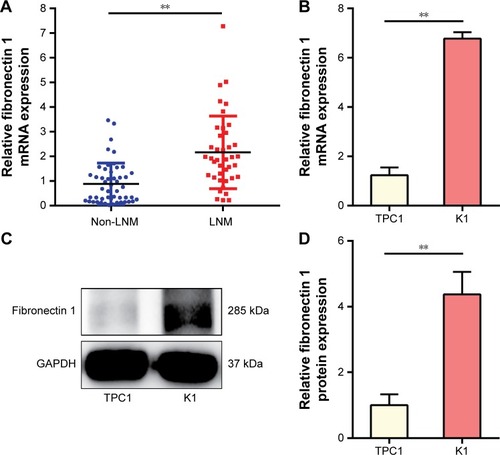
Table 2 Fibronectin 1 evaluation and pathological results for metastatic cervical lymph nodes
Table 3 Correlations between fibronectin 1 expression and clinicopathological characteristics in PTC
Table 4 Univariate and multivariate regression analysis of parameters associated with LNM
Figure 2 Potential diagnostic value of fibronectin 1.
Abbreviations: ROC, receiver-operating characteristic; AUC, area under the curve.
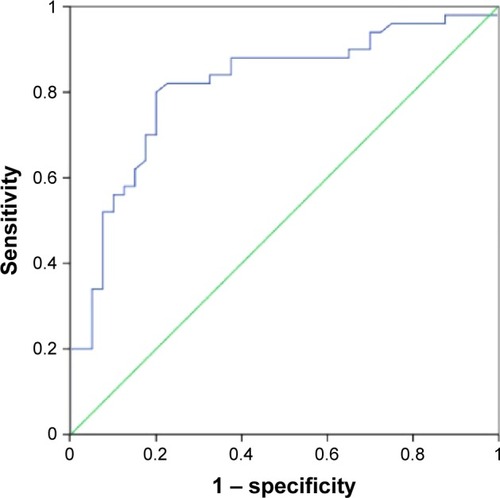
Table 5 Performance of fibronectin 1 in differentiating LNM in PTC
Figure 3 Fibronectin 1 knockdown suppresses K1 proliferation.
Abbreviations: qRT-PCR, quantitative reverse-transcription polymerase chain reaction; mRNA, messenger RNA; shRNA, short hairpin RNA; Scr-shRNA, scrambled shRNA.
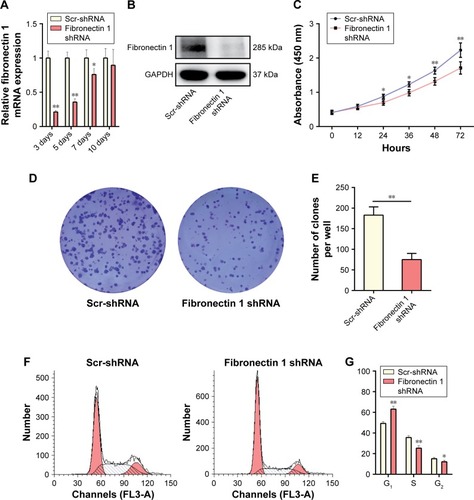
Figure 4 Fibronectin 1 knockdown inhibits the migration and invasion of K1.
Abbreviations: shRNA, short hairpin RNA; Scr-shRNA, scrambled shRNA.
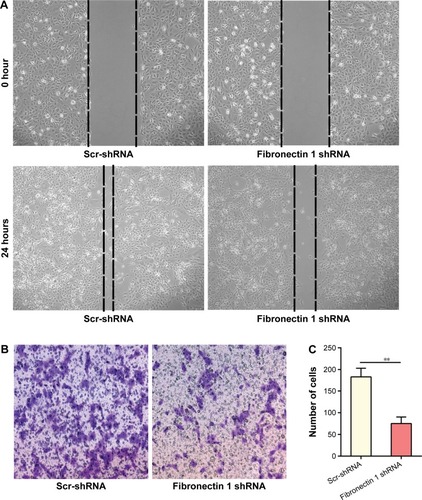
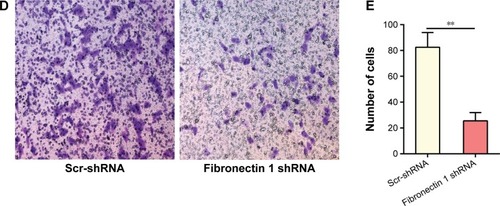
Figure 5 Fibronectin 1 overexpression promotes TPC1 proliferation.
Abbreviations: qRT-PCR, quantitative reverse-transcription polymerase chain reaction; mRNA, messenger RNA.
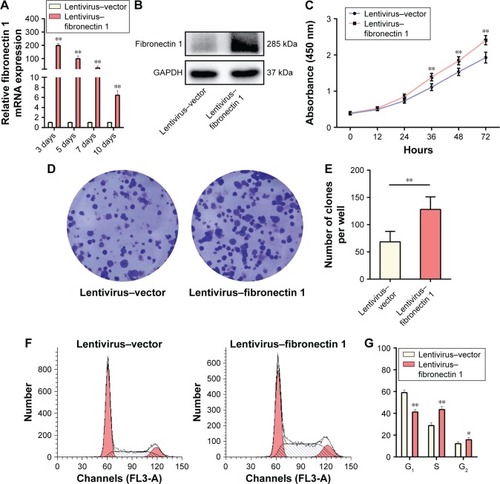
Figure 6 Fibronectin 1 overexpression promotes the migration and invasion of TPC1.

